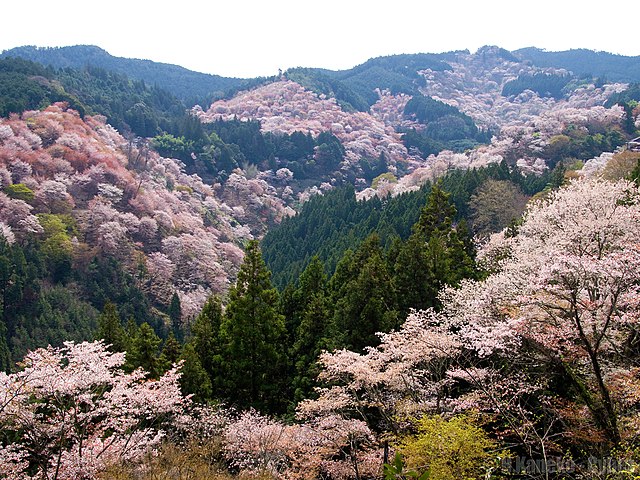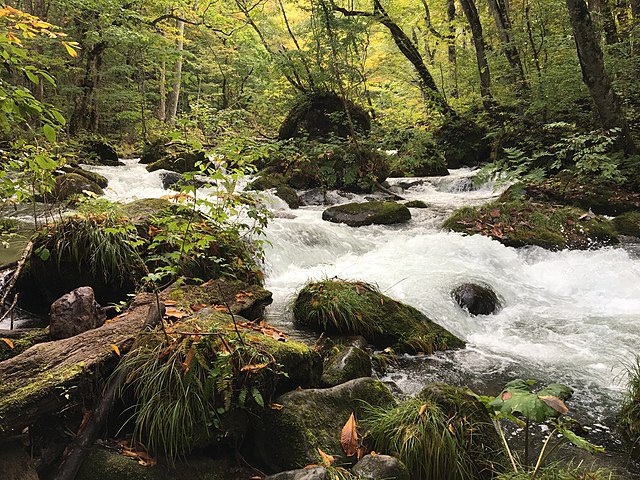Japan’s national parks offer a captivating blend of natural beauty and cultural wonders. Whether you’re into whale watching, hiking, or relaxing in hot springs, these parks have it all. Here are some top picks:
Shiretoko National Park (Hokkaido)
Situated in Hokkaido, Shiretoko National Park holds the prestigious title of a UNESCO World Heritage Site and is renowned for its thriving population of brown bears. During the summer months, a popular activity here is bear watching from boats, while the winter season treats visitors to the rare sight of drift ice. Adventure awaits in the two-thirds of the park that can only be accessed by boat or on foot.
Towada Hachimantai National Park (Tohoku Region)
At the heart of this park lies the Hachimantai mountains and Lake Towada, offering both rustic hot springs (onsen) and a breathtaking display of Koyo (vibrantly colored leaves) during the autumn season. This destination is perfect for those seeking relaxation and a deep connection with nature.
Nikko National Park (Kanto Region)
Nestled close to Tokyo, Nikko holds the distinction of being a UNESCO World Heritage Site, celebrated for its historical shrines and natural marvels. Explore the ornate Toshogu Shrine, Japan’s most decorated shrine, and unwind in the soothing embrace of natural hot springs (onsen). It’s an excellent choice for a day trip or an overnight getaway from Tokyo.
Fuji Hakone Izu National Park
Home to the iconic Mount Fuji, Fuji Hakone Izu National Park provides a wide spectrum of activities, ranging from mountain climbing to the sheer relaxation of hot spring baths (onsen). Nature enthusiasts and adventure seekers alike will find this park to be an absolute must-visit destination.
Yoshino Kumano National Park (Kansai Region)

Located approximately a 2-hour and 30-minute car drive from Travelodge Kyoto Shijo Kawaramachi, which is one of the family hotels in Kyoto, this national park boasts not one but two UNESCO World Heritage Sites, Mount Yoshino and the Kumano Region. Mount Yoshino is particularly renowned, housing over 30,000 cherry trees, making it the most celebrated cherry blossom viewing location in all of Japan.











